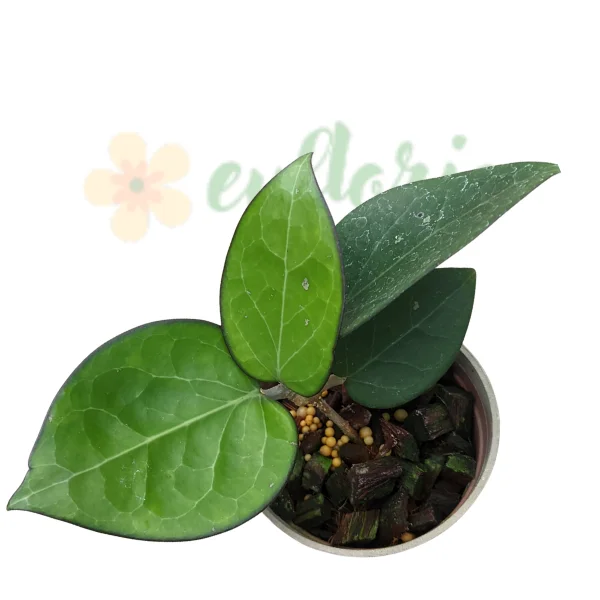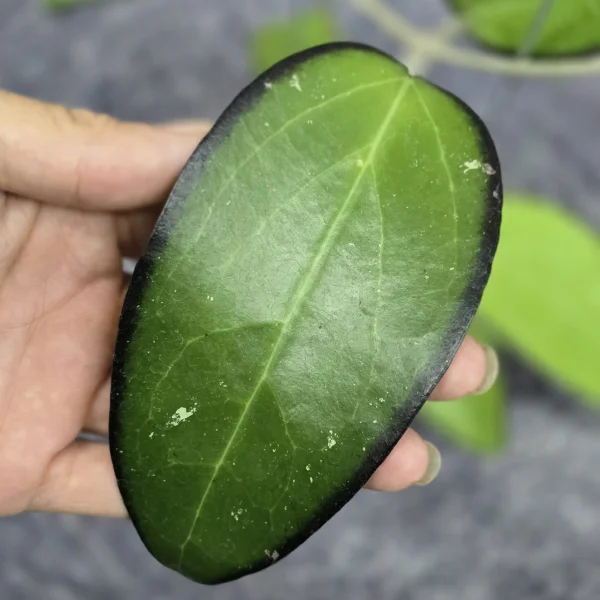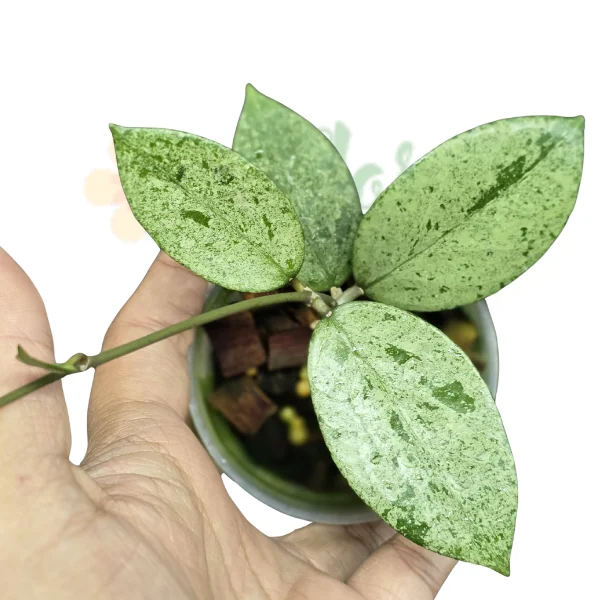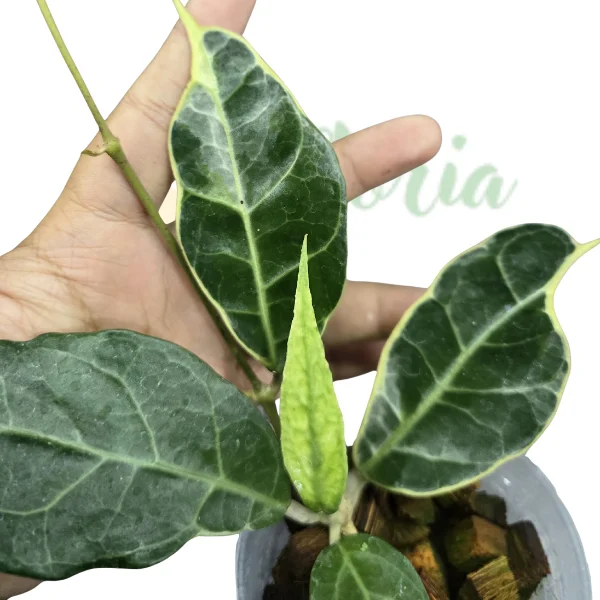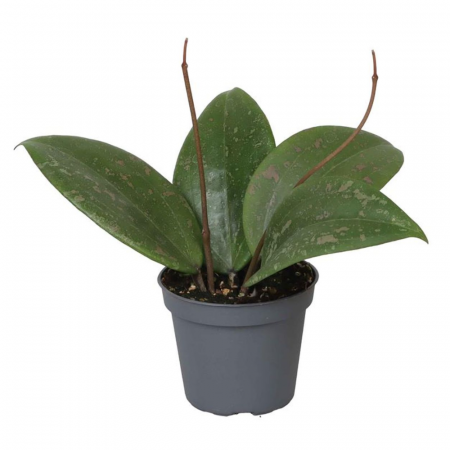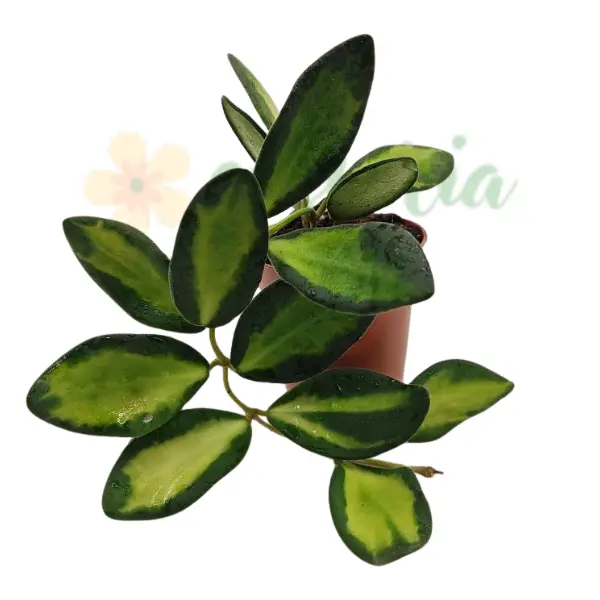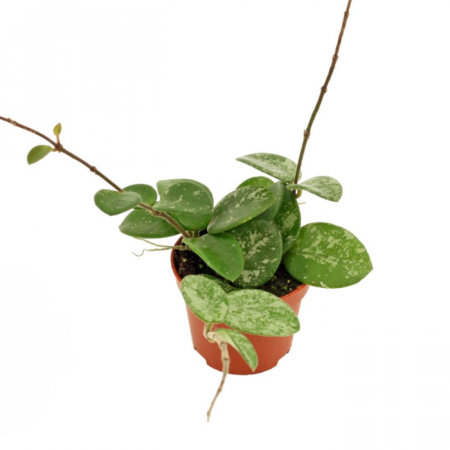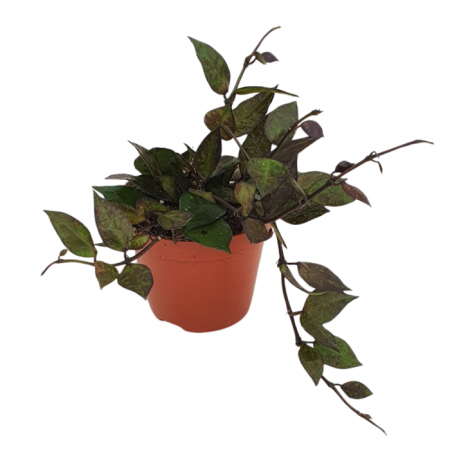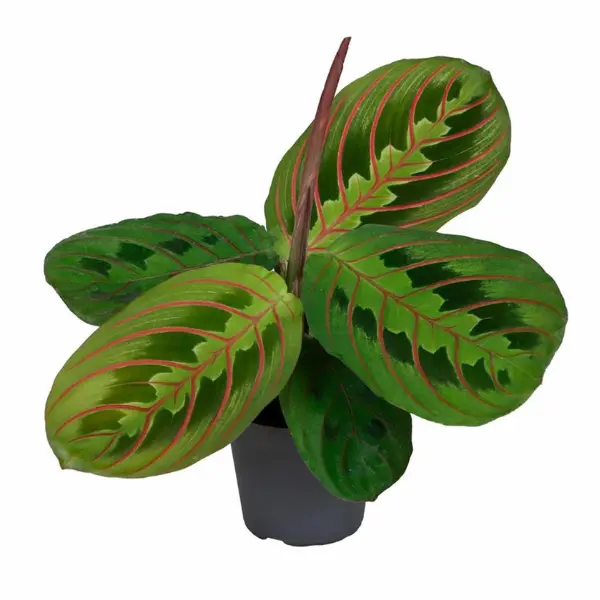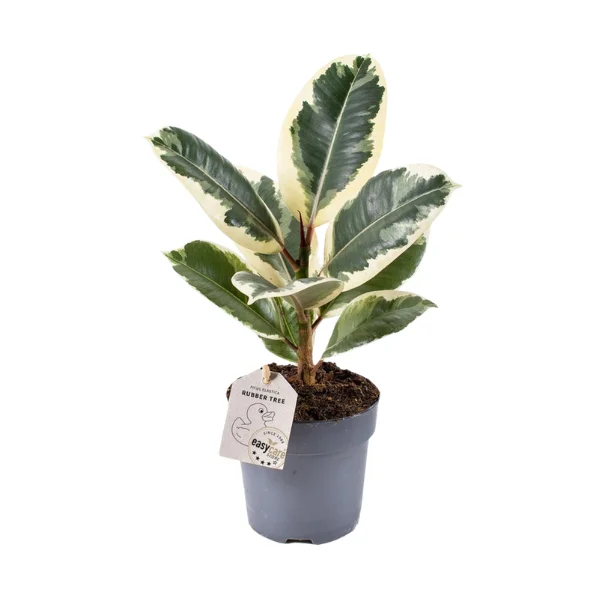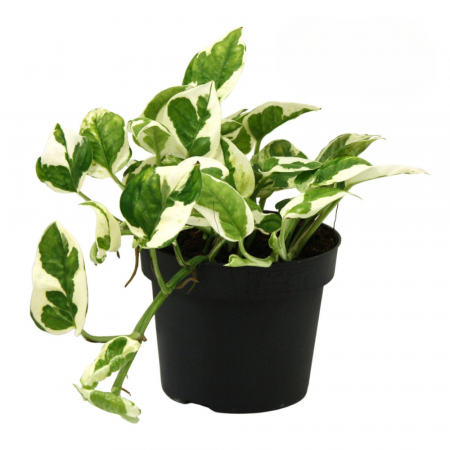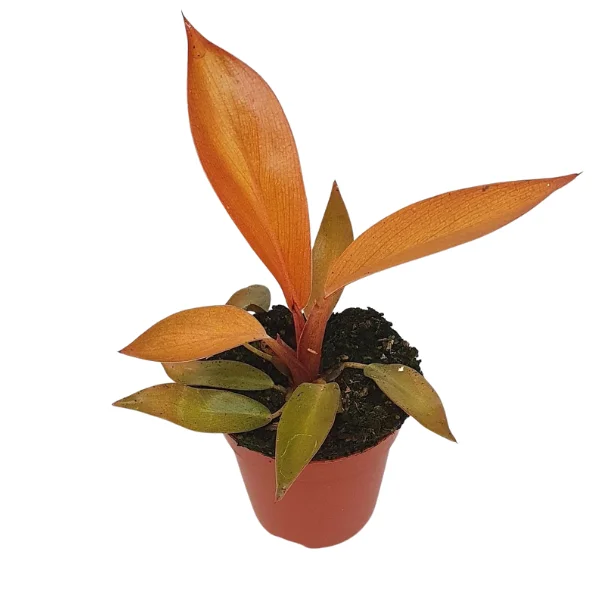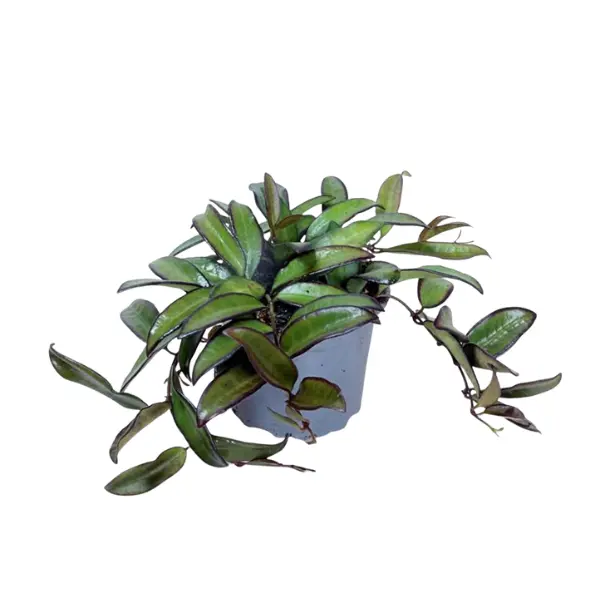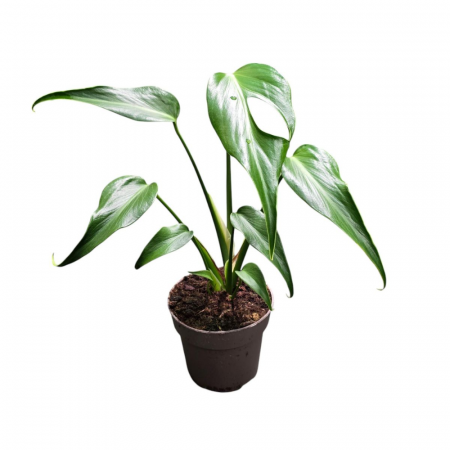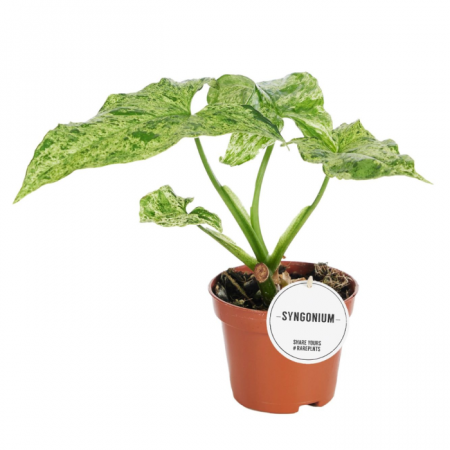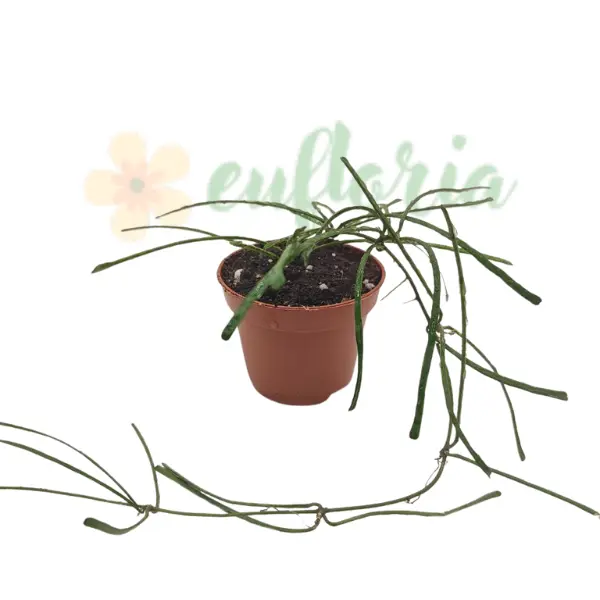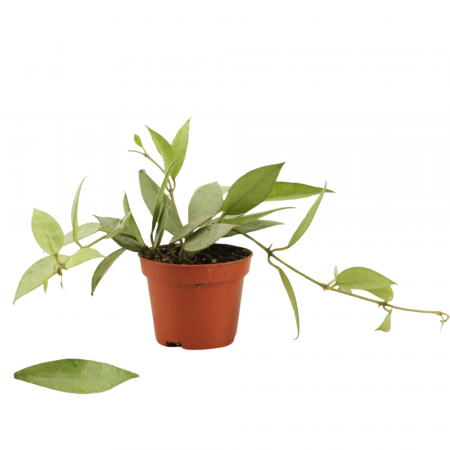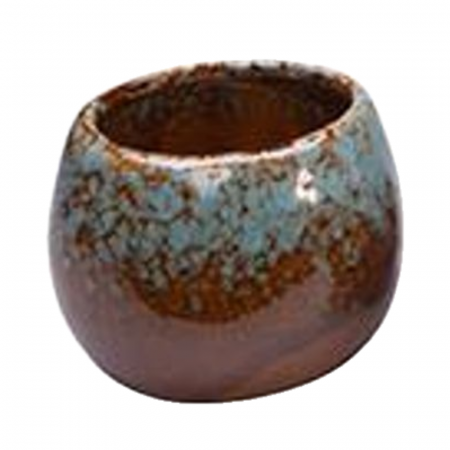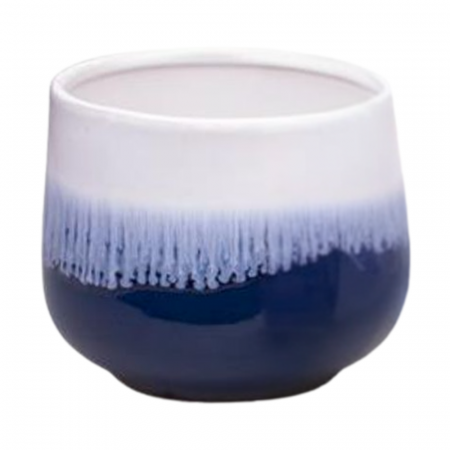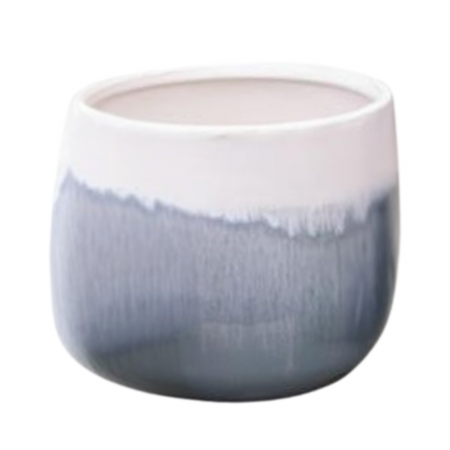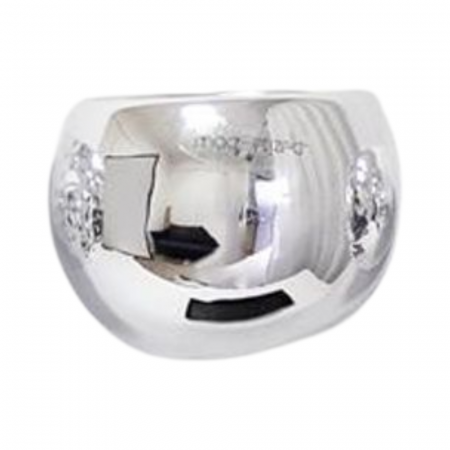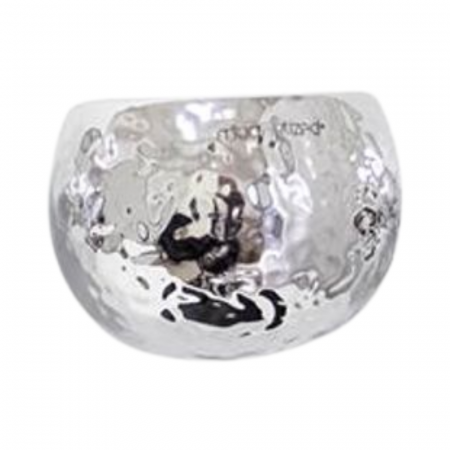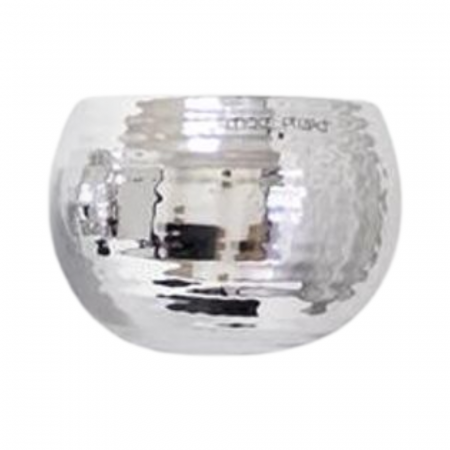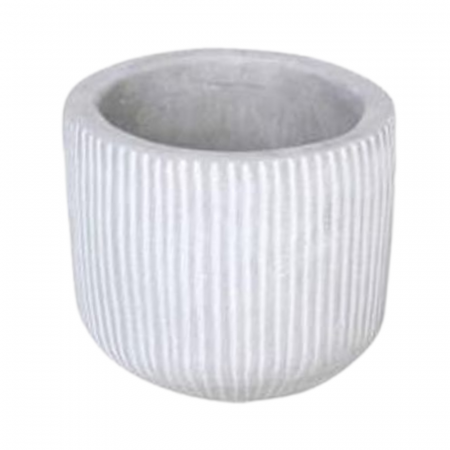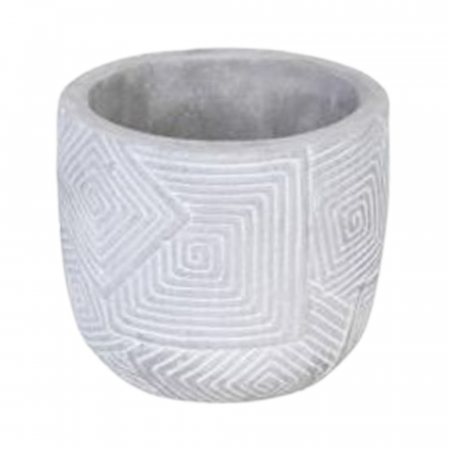Hoya aff. vitellina Ø10.5cm
Hoya aff. vitellina, an epiphytic plant native to the tropical forests of Java, is a rare variety, beloved for its oval, deep green leaves with silvery spots and red edges under bright light. Its star-shaped, golden-orange flowers with a white crown add an exotic charm to any interior.
Approx height (including pot): 15 cm
Flowering state: No flowers
Pot diameter: 10.5 cm
- Description
- Characteristics
- Reviews (0)
- FAQ
Hoya aff. vitellina – a tropical masterpiece with painted leaves 🌿✨
Hoya aff. vitellina, closely related to Hoya vitellina Blume, is a plant that seems to hide a bit of magic in its foliage. Its long, almost oval leaves have a rough, glossy texture, with bright veins and irregular silvery spots, which intensify in bright light. Under sun exposure, the edges of the leaves turn a vibrant red or purple, providing a unique visual spectacle. This Hoya grows vigorously as a vine, and can reach considerable lengths, making it ideal for hanging baskets or decorative trellises. The flowers, which appear after 2-3 years of care, are clusters of 12 mm golden-orange stars, with a contrasting white crown, emanating a subtle fragrance, similar to tropical fruits. Adaptable to indoor conditions, it prefers indirect light. A well-drained environment to mimic the humid forests of Java.-Light: Requires bright indirect light, ideally within 1 meter of a south- or east-facing window. For red coloring, gradually expose to morning sun, avoiding direct afternoon rays.
- Watering: Water when the top 3-4 cm of soil is dry, every 10-12 days for a 12 cm pot. Use a pot with good drainage to prevent soggy soil.
- Humidity: Tolerates moderate humidity (40-50%), but prefers 50-60%. Avoid over-spraying to prevent fungus.
-Temperature: Optimal range 15-27°C. Protect from temperatures below 10°C or cold drafts.
-Soil and fertilization: Use a well-drained mixture of perlite, coir and orchid bark. Fertilize monthly in spring and summer with a diluted fertilizer for flowering plants.
Hoya aff. vitellina is a plant that combines beauty with functionality, purifying the air and bringing a touch of the tropical jungle to interiors. Its colorful foliage and fragrant flowers make it a collector's item for enthusiasts. Due to its Due to its climbing nature, it is versatile, suitable for hanging baskets or supports. Considered pet-safe, it is ideal for homes with cats or dogs. In addition, it symbolizes vitality and harmony in feng shui, making it a perfect gift for plant lovers.
Hoya aff. vitellina is an indoor plant that charms with its silver-splashed leaves and fragrant orange flowers. With easy care and an exotic presence, this variety transforms any space into a corner of vibrant nature. Perfect for beginners or collectors, Hoya aff. vitellina is a choice that brings beauty and positive energy day after day.
Lungime: 15 cm
Greutate (kg): 0.5 Kg
Denumire: Hoya
Diametru: 10.5 cm
Cerințe lumină: Partial umbra
Tip plantă: Decorative
Utilizare: Interior
Tip suport: Ghiveci
Material Suport: Plastic
What type of light does Hoya aff. vitellina prefer?
It prefers bright, indirect light. It can tolerate a few hours of gentle morning sun.
Does it have fragrant flowers?
Yes, the flowers have a pleasant fragrance, more pronounced in the evening.
Does it bloom easily?
It blooms well if it has sufficient light and a regular watering-drying cycle.
How often should it be watered?
Water moderately, allowing the substrate to dry out partially between waterings. It does not tolerate excess water.
The ideal substrate for this hoya?
A very aerated, well-drained mixture: bark, perlite, a little peat.
Is it suitable for an apartment?
Yes, it is a very adaptable species indoors, if it receives enough light.
Is it toxic to pets?
There is no confirmed data that hoya is toxic, but it is recommended to keep it away from animals that eat plants.
What does "aff." mean?
"Aff." indicates that the plant is similar to Hoya vitellina, but not confirmed as the same species. It is used in botany for plants morphologically close to a known species.

![Hoya aff. vitellina [1] Hoya aff. vitellina [1]](https://gomagcdn.ro/domains2/eufloria.ro/files/product/large/hoya-aff-vitellina-d10-5-217028.png)

